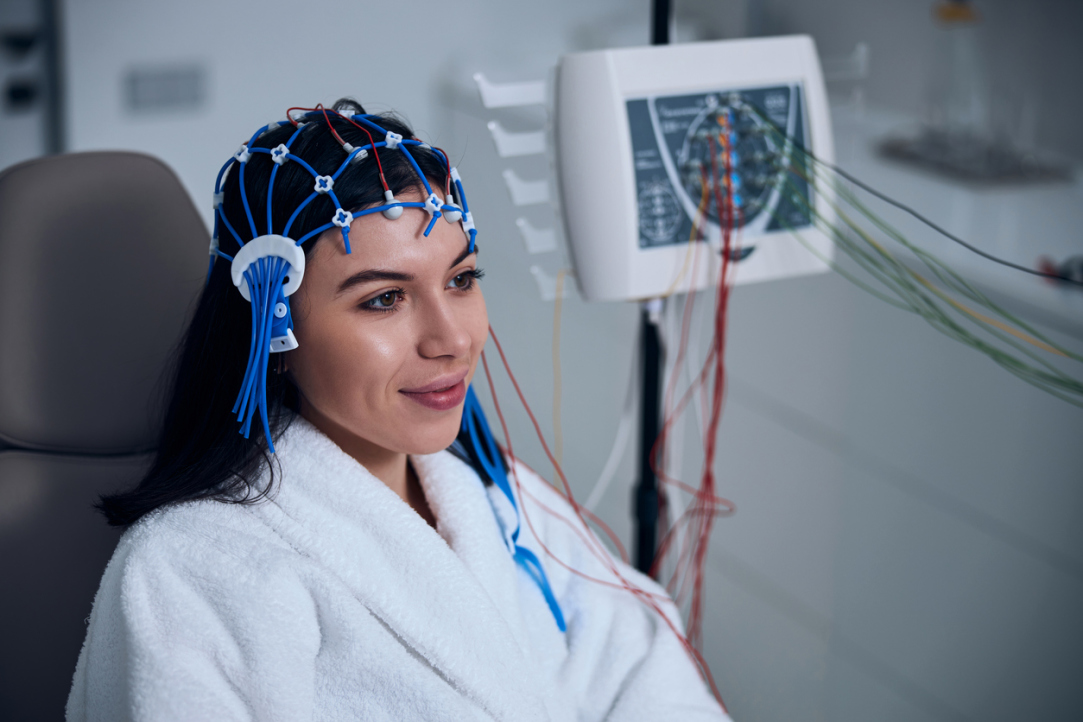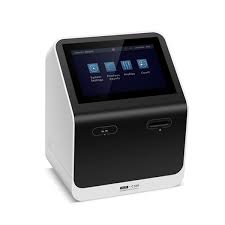What are Electroencephalographs?
An electroencephalograph, commonly known as an EEG, is a test used to evaluate the electrical activity of the brain. EEGs are used to detect abnormalities related to seizures, tumors, strokes or head injuries that may affect brain functioning. The test involves placing electrodes on the scalp to record the brain’s spontaneous electrical activity over a period of time, usually 15-30 minutes. The recorded brain waves are then analyzed by a neurologist or epileptologist to look for abnormalities.
How EEGs work
When neurons in the brain communicate with each other, they generate tiny electrical signals. During an EEG, these electrical signals are picked up by electrodes placed on the scalp. The detected signals are amplified and turned into wavy line tracings by the EEG machine. Different wavelengths and amplitudes of the brain waves correlate with different levels of neuronal activity. For example, higher frequency, lower amplitude waves indicate more active, awake brain states while slower waves of higher voltage occur during sleep. Abnormal brain wave patterns can provide important clues to underlying brain disorders.
Types of EEGs
Standard EEG
The most common type is a routine or standard Electroencephalographs which records brain activity during awake, drowsy and sleeping states. This provides neurologists with a general overview of brain wave patterns across different states of arousal. Standard EEGs detect overt abnormalities in 60-70% of cases but may miss subtle defects.
Sleep-deprived EEG
A sleep-deprived EEG helps uncover abnormal brain waves that only appear when a person is very sleepy. Having lesser than normal sleep the night before makes brain abnormalities more evident on EEG. This increases the detection rate of some types of epilepsy. However, sleep deprivation also carries risks like impaired alertness.
Video EEG Monitoring
For some patients, a standard EEG may not detect occasional abnormal electrical discharges linked to seizures. In such cases, video EEG monitoring over prolonged durations of 24-72 hours with simultaneous video recording is done. This helps correlate any captured abnormal EEG changes to clinical seizures, confirming diagnosis of epilepsy. Prolonged monitoring also aids presurgical evaluation of epilepsy patients.
Ambulatory EEG
An ambulatory or mobile EEG allows recording of brain waves over longer periods of 1-4 days as patients go about normal daily activities at home or work. Small, portable EEG devices tethered to a digital recorder make this possible. Ambulatory EEG picks up transient abnormalities that may be missed on short office-based EEGs, helping diagnosis of certain types of seizures or seizure-like episodes.
What EEGs are used for
Common clinical indications for EEGs include:
– Evaluating seizures and epilepsy – EEGs are essential for diagnosis, classification and treatment planning for seizures and epilepsy syndromes.
– Detecting tumors – Slow wave abnormalities, seizure patterns or focal changes may point to brain tumor locations needing further evaluation.
– Assessing head injuries – Abnormal EEGs after trauma help identify extent of diffuse or localized brain injury.
– Strokes and other vascular disorders – Focal slowing or sharp waves can localize stroke or vascular lesion areas.
– Dementia evaluations – Periodic EEGs track progression and sometimes clarify dementia subtype.
– Monitoring deep brain stimulator placement – Ensures device placement accuracy in conditions like Parkinson’s disease.
– Sleep disorders – EEG sleep studies identify underlying neurological etiologies for conditions like narcolepsy.
Interpreting EEG reports
EEG reports describe brain wave patterns, presence of spikes or sharp waves, occurrence of abnormal seizures patterns if any, state of consciousness and effect of eye opening/closure if assessed. When correlating reports to clinical condition, deviations from expected normal age-appropriate patterns raise suspicions for underlying pathology needing further investigation or management. Periodic EEG repetitions also track treatment responses and disease progression in conditions monitored long term with EEGs.
Importance of EEGs in Neurology
As a direct measure of brain electrical signaling, EEGs provide invaluable insights into the workings of this most complex human organ. They remain a fundamental tool in neurology for diagnosing and managing brain disorders presenting with abnormal electrical discharge patterns. Continuous technical advancements now allow longer term and more focused EEG monitoring better elucidating epilepsy types and guiding surgical treatments. Beyond individual patient care, EEGs also augment our scientific understanding of normal and disrupted brain electrical rhythms across development, aging, sleep cycles and various brain states. Overall, EEGs occupy a vital place in the neurologist’s toolkit for unveiling the often hidden mysteries of the brain.
*Note:
1. Source: Coherent Market Insights, Public sources, Desk research
2. We have leveraged AI tools to mine information and compile it




